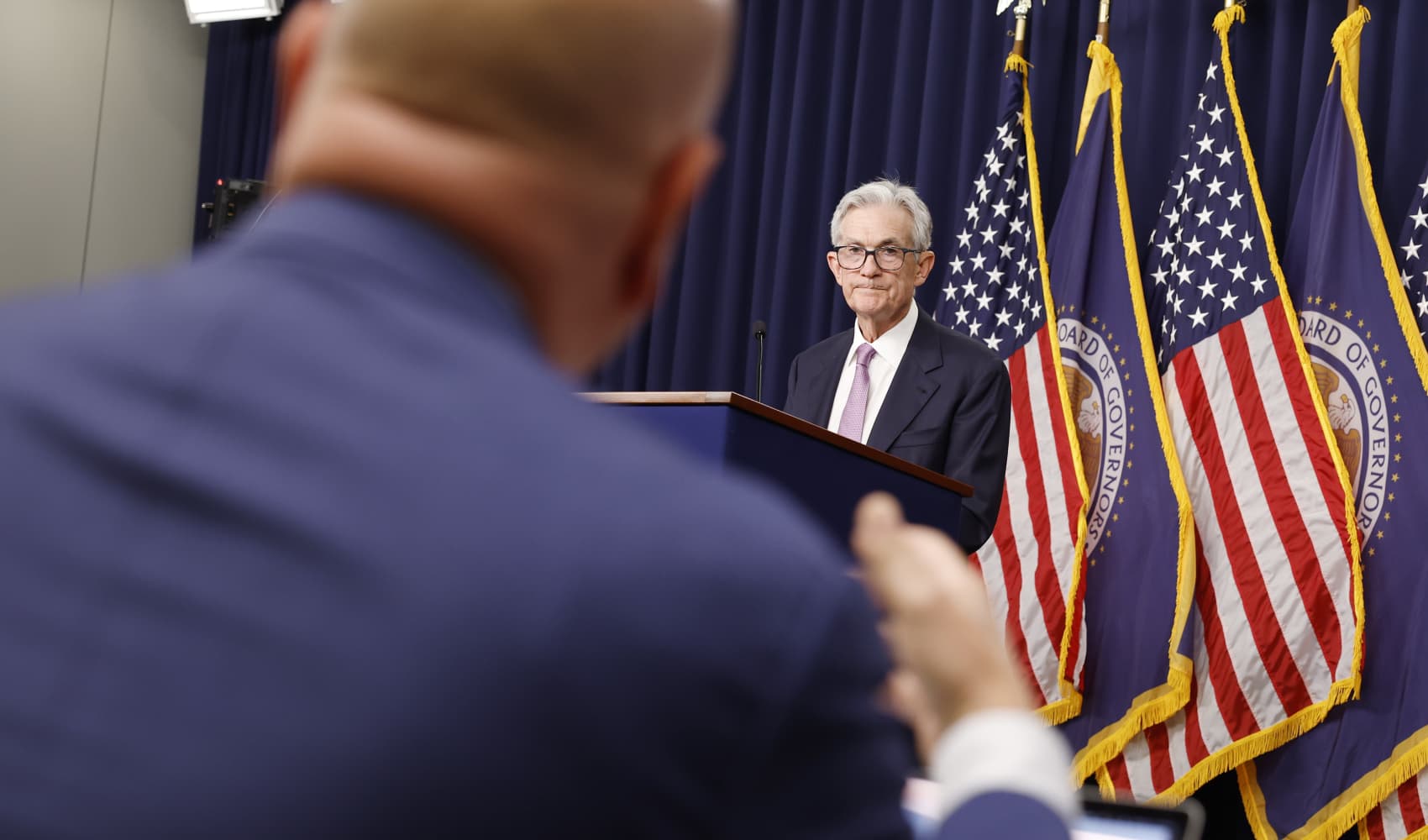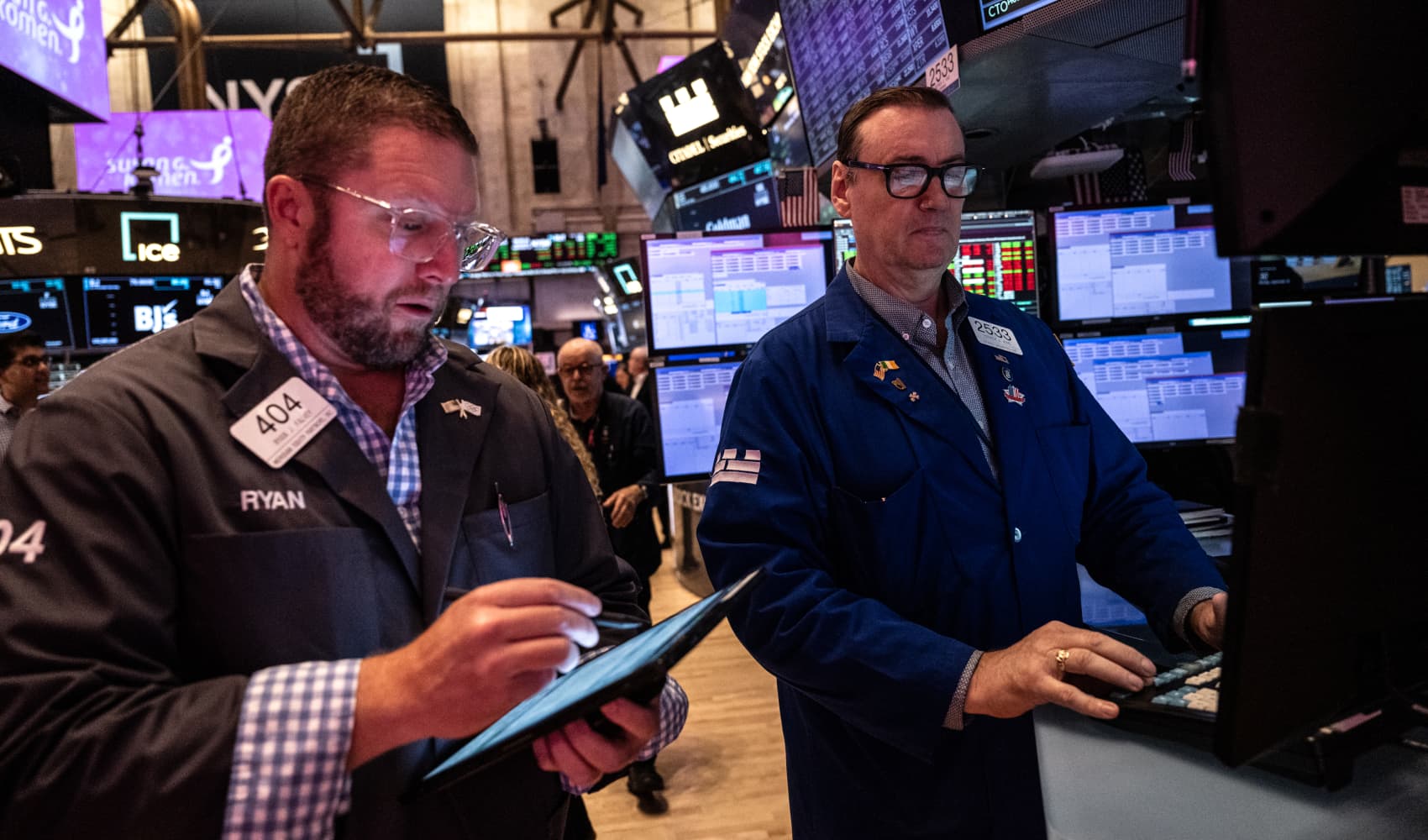
The worst of rising prices seems to be over, but most Americans are still feeling the pinch when they go shopping.
That's because most people's wages have yet to catch up with the cumulative effects of inflation since it started to rise rapidly in 2021.
From January 2021 to June 2024, prices have risen 20%, while wages increased by 17.4%, according to Bankrate's Wage To Inflation Index, which is calculated using the U.S. Department of Labor's headline consumer price index for inflation and the employment cost index for wages.

Get top local stories in DFW delivered to you every morning. Sign up for NBC DFW's News Headlines newsletter.
Inflation has slowed over the past year and wages are gradually catching up, helping to offset some of the inflation that peaked in mid-2022. But there's still a long way to go.
Looking at a different measure, median real wages — wages adjusted for inflation — have barely budged, growing at just 0.8% over the last year, as of August 2024.
In fact, wage growth is actually slowing, down from roughly 1% each quarter to 0.84% in the last three months ending June 2024, per Bankrate's data.
Money Report
With wage growth cooling, the gap between wages and inflation isn't expected to close until the second quarter of 2025, according to Bankrate's projections.
High interest rates are reducing both inflation and wage growth
To combat rising inflation, the Federal Reserve implemented the first of 11 benchmark interest rate hikes in March 2022, bringing the current effective rate to 5.33%.
The benchmark rate influences borrowing costs for things like credit cards, loans and auto financing. Raising the rate discourages borrowing and investments, which can reduce inflation.
But it also hampers business investment, which can slow wage gains. That seems to be what's been happening over the past few months, according to Bankrate.
"A slowdown in the job market is a side effect of higher interest rates" that was meant to cool inflation, says Bankrate analyst Sarah Foster.
Wage gains have differed widely between industries since January 2021, however. Leisure and hospitality workers saw wage growth of 23.7%, which is above the overall average of 17.4%. In contrast, education workers have slipped further behind, with wage gains of only 13.6% over the past three years.
Some relief is on the way, however. The Fed is widely expected to announce its first interest rate cut in more than three years this week.
This will "ensure they aren't slamming the brakes on economic growth and the job market too much," says Foster.
Want to master your money this fall? Sign up for CNBC's new online course. We'll teach you practical strategies to hack your budget, reduce your debt, and grow your wealth. Start today to feel more confident and successful. Use code EARLYBIRD for an introductory discount of 30% off, now extended through September 30, 2024, for the back-to-school season.
Plus, sign up for CNBC Make It's newsletter to get tips and tricks for success at work, with money and in life.






